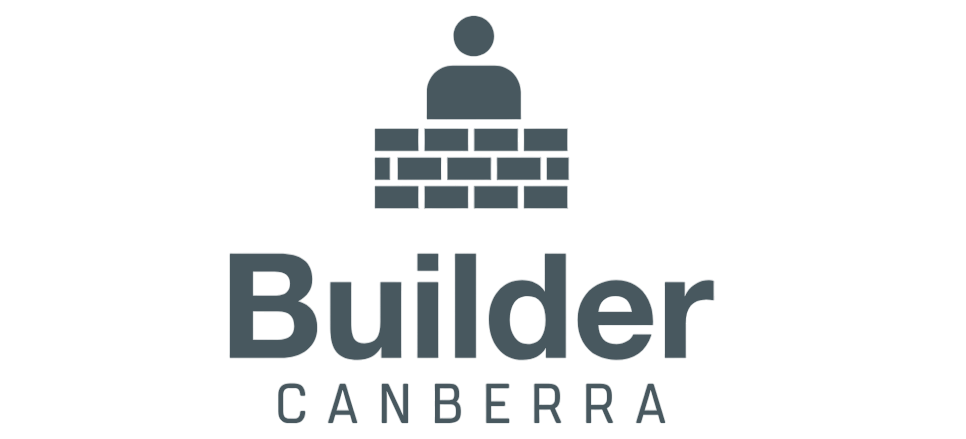
-
Using cheap materials can lead to issues with the structure and decrease your home’s value.
-
Not sticking to building codes and rules can bring safety risks and possible legal issues.
-
Taking shortcuts on important parts can make your home unstable and cause costly repairs later.
-
Bad insulation and ventilation can make your home feel uncomfortable and increase energy bills.
-
Rushed work often results in a lower-quality finish and may cover up larger problems.
Introduction
Starting a home building or renovation project is a big investment for homeowners. Most home improvement professionals and contractors are honest and act in a professional way. However, you should look out for signs that might show shortcuts are being taken. Spotting these red flags early can help you steer clear of expensive repairs, safety risks, and feeling disappointed with a poorly done construction project.
Recognizing the Warning Signs: How Builders May Cut Corners
Builders sometimes use shortcuts. They may do this because of bad planning, limited budgets, or wanting to make more money. Homeowners need to see this. If you catch warning signs early, you can talk to your builder. This can help you fix problems before they get bigger.
1. Use of Inferior Quality Materials
One serious warning sign during construction or remodeling is using substandard materials. Builders might choose cheaper options to save money. This can hurt your home’s strength and how long it lasts. For example, using low-quality lumber, thinner drywall, or weak insulation might not cause problems right away. However, these choices can lead to issues like weak structures, moisture troubles, and higher energy bills over time.
Always talk about the quality of materials with your builder before you begin. Make sure they meet industry standards and suit your needs. Don’t hold back in asking for details. If you feel unsure about the quality they are using in your home, contact the suppliers for more information.
2. Ignoring Local Building Codes and Regulations
Building codes and rules help keep your home safe and strong. They also say that workers must wear personal protective equipment. If builders ignore these codes, it can create safety risks and lead to legal problems. This might include bad electrical work, poor fire safety, or weak building parts.
A good builder knows the local rules and will get all the needed permits. If you think your builder is skipping rules to work faster or save money, you should do something about it. You can report your concerns to the right authorities if necessary.
3. Skimping on Structural Integrity
A building’s strength is very important for safety and how long it lasts. Builders who take shortcuts might use weak support beams. They could also make the load-bearing walls weaker or put in bad foundations. This shoddy work may not show up right away. But later, it can lead to problems like cracks, sagging, or even collapse.
It is important to know the key parts of your project. You should also make sure your builder follows good engineering practices. They need to use quality materials as well. A separate inspector can be very helpful by checking the strength of your home during the building process.
4. Overlooking Proper Insulation and Ventilation
Good ventilation and insulation are really important. Sometimes, builders skip them to cut costs. Without proper insulation, homes can feel uncomfortable and use more energy, which means higher bills. Lack of ventilation can create moisture issues, leading to mold growth. This can decrease air quality and harm your health.
Talk about your insulation needs and ventilation plans with your builder when you are planning. Ensure they follow energy efficiency standards and local building codes. Good insulation and ventilation are very important for a home that is comfortable, healthy, and energy-efficient.
5. Rushed or Incomplete Workmanship
A clear sign that a builder is doing a bad job is when the work looks rushed or unfinished. You can see this in several ways, such as:
-
Uneven paint, gaps in the trim, or messy caulking
-
Doors and windows that do not close right or are not sealed well
-
Floors that are uneven, gaps in the tiles, or rough spots
-
Plumbing fixtures that leak or do not work correctly
-
Loose or badly installed electrical outlets and switches
When a builder is rushing, it shows they care more about finishing fast than doing good work. These shortcuts may seem small, but they can harm how your home looks, functions, and stays safe in the long run.
Understanding the Impact of Cutting Corners on Your Home
When a builder takes shortcuts, it can create issues that are more than just cosmetic. Over time, these shortcuts may cause serious harm to the home’s structure. This damage can make your house unsafe and lower its value. Fixing these issues might involve expensive repairs, long legal fights, and the stress of living in a badly built home.
It’s important to spend time researching when picking a builder. Keep in touch with them. Visit the site often. Solve problems as they come up. This can help reduce the chances of getting a home that isn’t built well.
The Risks of Structural Failures and Repairs
When a building is weak because of substandard materials or bad building methods, the chance of failure goes up a lot. Small cracks can turn into big issues like foundation problems, roof collapses, or unstable walls. This can put your family’s safety at risk.
Fixing these structural problems often takes a lot of time and money. You may need help from expert engineers. In really serious situations, some homes might be unsafe to live in until major repairs are done. This can cause financial problems and emotional stress for homeowners.
Long-Term Costs of Energy Inefficiency
Cutting back on insulation and ventilation may seem like a smart way to save money when building your home. However, this choice can lead to higher costs down the road. A house with poor insulation uses much more energy. Because of this, heating and cooling bills can rise significantly.
Not having good ventilation can cause problems like moisture build-up and mold. Fixing these issues can be expensive. They can also reduce your home’s value over time. This makes your home less attractive to future buyers. It is worth it to invest in energy efficiency when building. Good ventilation helps create a comfortable, healthy, and affordable living space.
Safety Hazards from Non-Compliant Construction Practices
They say that when builders cut corners, it can lead to safety problems. One big issue is electrical hazards. If the electrical work is not done right, it can cause shocks or even start fires. Badly installed gas lines can also create dangerous leaks and may lead to explosions.
Low-quality plumbing can lead to water damage, mold, and problems with the building’s stability. Fixing these safety issues can cost a lot. It can also negatively affect your family’s health.
Conclusion
Homeowners in Canberra should watch for warning signs when builders take shortcuts. Shortcuts can mean using low-quality materials or ignoring building codes. This can result in expensive repairs, problems with the structure, and higher energy bills. It is essential to hire trustworthy builders who follow the rules. This will ensure you get good work and that your home lasts longer. If you think a builder is cutting corners, be sure to speak up quickly. This helps protect your investment and keeps your home safe. Stay alert, pay attention, and always value the quality of your home construction.
Frequently Asked Questions
What should I do if I suspect my builder is cutting corners?
If you see any big red flags while building your home, start by taking photos or videos of the problem. Next, discuss your concerns with the builder right away. If the issues continue, think about hiring an outside inspector. If needed, report the problem to the proper authorities.
How can I ensure a builder is reputable and follows standards?
Before you choose a builder, spend some time researching them. Check that they have a valid license and insurance. Look at online reviews to find out what other people are saying. Request references from previous clients. Make sure you understand the warranty details. A clear contract should also define the scope of work for the whole project.
Are there specific signs of corner-cutting that are more common in Australian construction?
Watch out for some common issues, not just general construction shortcuts. One problem is not using enough roof flashing, especially in areas with heavy rain. Another issue is not following Australian standards for materials that can resist bushfires in places at risk of fires. Using improper installation techniques can also cause bigger problems down the line.
